By Anuj J Chande
THE chancellor’s 2021 budget was ambitious.
Pledging to do “whatever it takes”, Rishi Sunak announced a further £65 billion for a range of measures to support businesses through what we all hope will be the final few months of major economic restrictions.Alongside these were initiatives designed to help kickstart the economy.
Recognising that the government’s response to coronavirus has not come cheap, costing upwards of £400bn, the chancellor made clear that the job of rebuilding public finances will be long and slow.
Tax rises will not come immediately, though there are significant changes being brought in over the course of this parliament; none more so than the six per cent rise in the corporation tax rate from April 1, 2023.
With the UK still very much on a wartime footing in response to the pandemic, and the rollback of lockdown far from set in stone, the chancellor has little choice but to continue offering support.
Businesses in industries most affected by restrictions will welcome the news.
The range of extensions and new measures announced should provide some short-term certainty for those most impacted. The tapering of several measures also removes unwelcome cliff-edges in support that were coming into view all too quickly for some.
The chancellor had to begin to take steps to balance record public spending. In that sense, rises were inevitable, though he did keep his promise to avoid raising income tax, VAT or National Insurance.
The headline corporation tax rate will rise to 25 per cent from April 2023. There will be some exemptions and tapering, however, with a small profits rate to be charged at the current rate of 19 per cent. Pushing the well-trailed rise to 2023 may make it a little easier to swallow but it’s still a large relative increase.
This proposal will be the most relevant change for both existing and future Indian investors, and lessens one of the big attractions of the UK. Having said that, the higher rate of 25 per cent will still be the lowest rate of all the G7 economies.
Personal tax thresholds will be frozen until 2026. The tax-free allowance will rise to £12,570 next year until 2026, and the higher-rate level goes to £50,270, then freezes.
The measures announced in the budget will bring the tax burden in 2025-2026 to its highest level since the 1960s.
Between April 1, 2021, and March 31, 2023, companies investing in qualifying, brand-new plant and machinery assets will benefit from a new 130 per cent first-year capital allowance. They will also benefit from a 50 per cent first-year allowance for qualifying special-rate assets. Any purchases already contracted before March 3 will not be eligible.
This generous allowance alone could have a significant impact, unlocking or bringing forward significant levels of investment.
As expected, the housing market received another boost, with the extension of the stamp duty land tax rate cut to June 30, and the introduction of a mortgage guarantee scheme. This will run from April 2021 to December 2022, and will provide guarantees to lenders offering mortgages to buyers with deposits of five per cent on homes with a value of up to £600,000. The stamp duty nil-rate band will then fall from £500,000 to £250,000 from June 30 until the end of September, before returning to its usual level of £125,000 from October 1.
This will provide a soft landing to the housing market, which is welcome to prevent unfairness for those buyers caught out by a cliff-edge return to previous rates.
Anuj J Chande is corporate finance partner and head of south Asia group for Grant Thornton UK LLP.














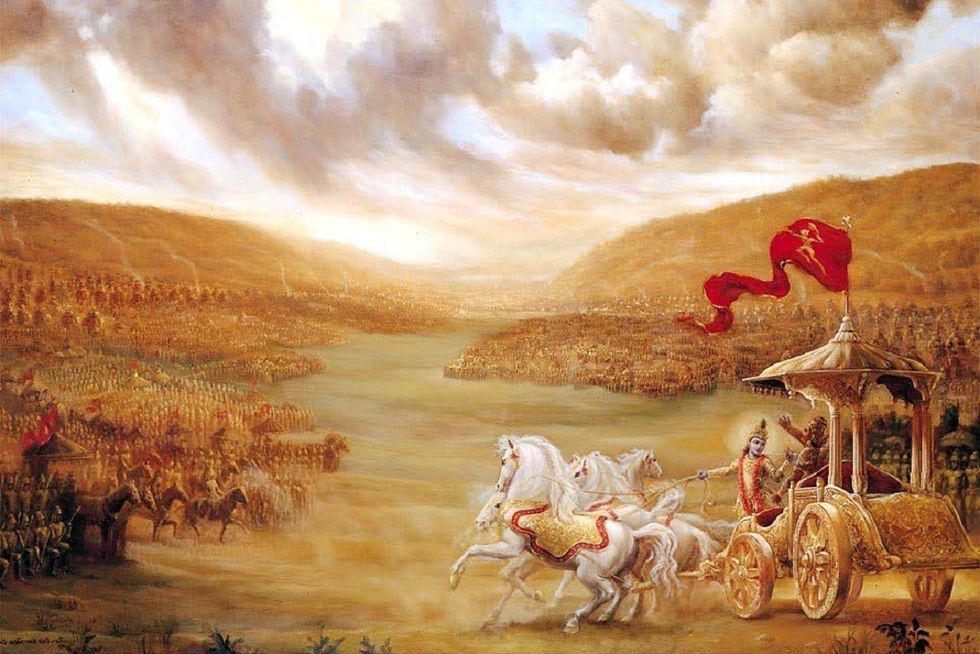 Kurukshetra battlefield illustration
Kurukshetra battlefield illustration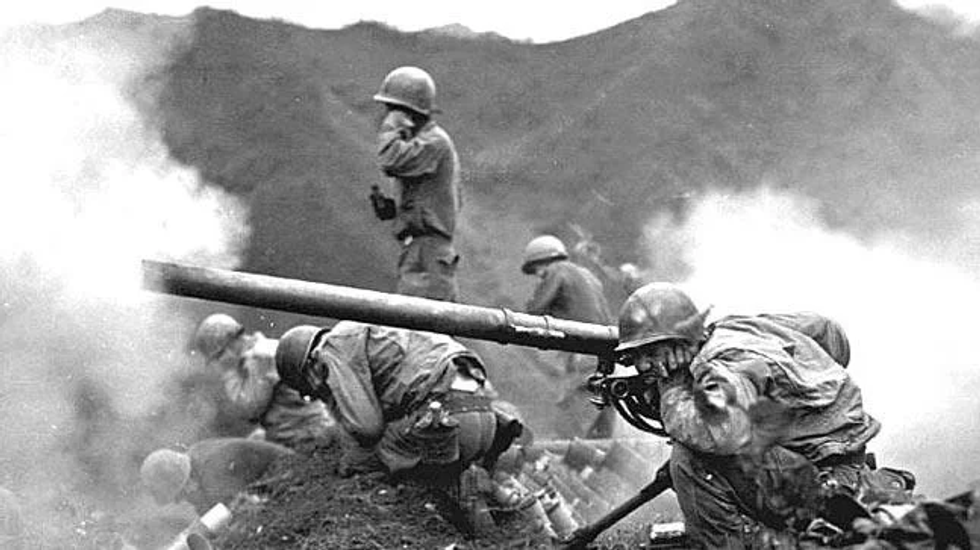
 Chanakya
Chanakya 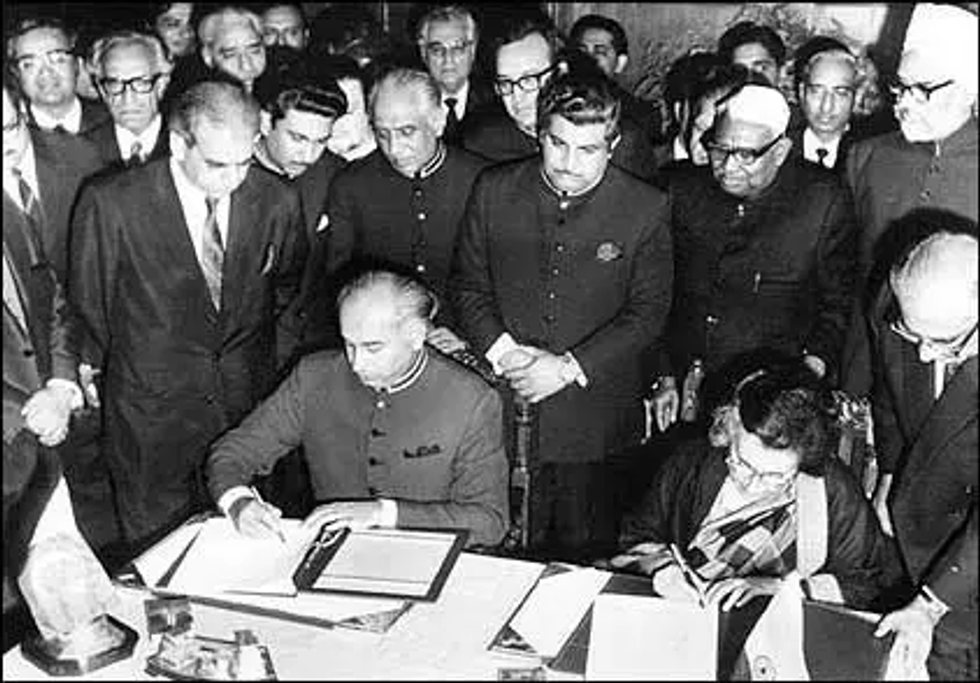 Shimla Agreement
Shimla Agreement Kargil War 1999
Kargil War 1999
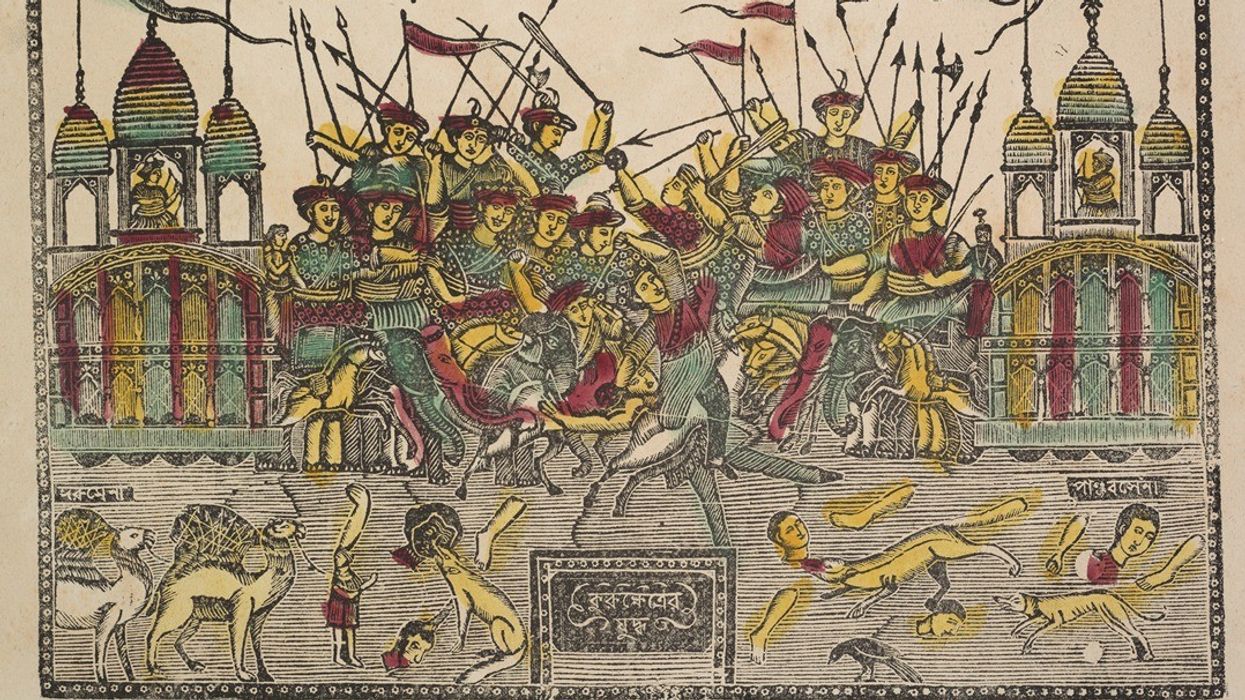
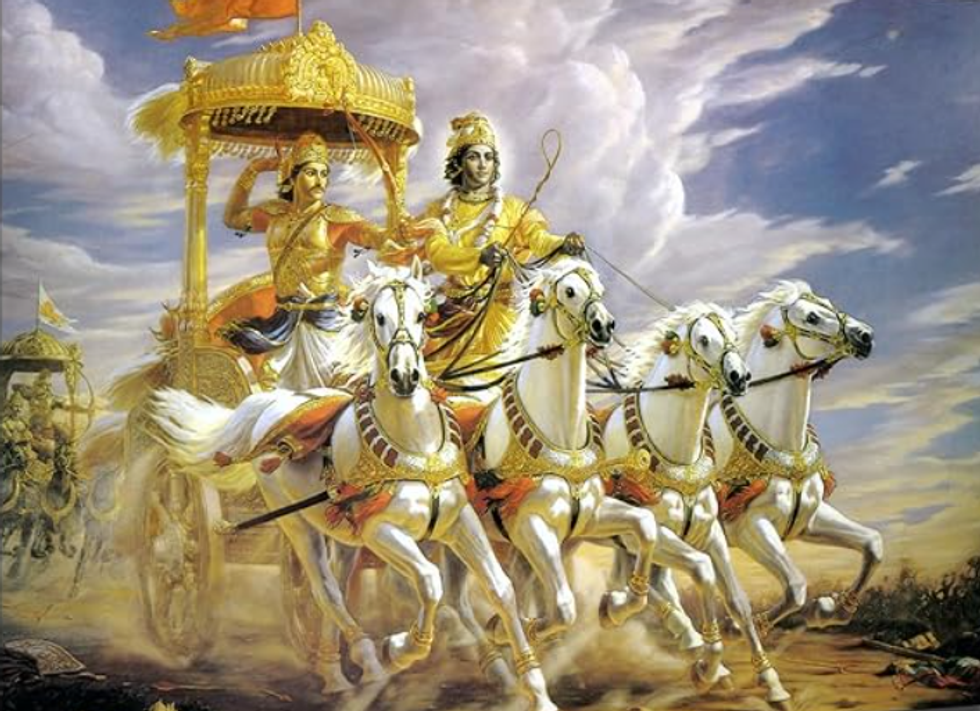 Vivid depiction of the Kurukshetra battlefield, showcasing Arjuna and Krishna in the chariot amidst the chaos of warAmazon
Vivid depiction of the Kurukshetra battlefield, showcasing Arjuna and Krishna in the chariot amidst the chaos of warAmazon 

‘Budget 2021 offers pathway to recovery after pandemic squeeze’